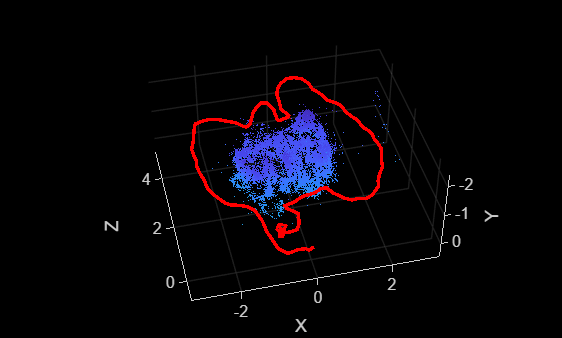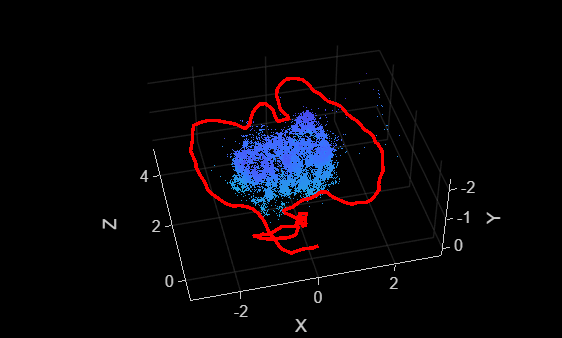poses
Description
[
returns the IDs camPoses,keyFrameIDs] = poses(vslam)keyFrameIDs of the key frames corresponding to the
camera poses. The IDs represent the order in which the image frames have been added to the
vslam object by the addFrame object
function.
Examples
Input Arguments
Output Arguments
Version History
Introduced in R2024a
See Also
Objects
Functions
addFrame|hasNewKeyFrame|checkStatus|isDone|mapPoints|plot|reset

